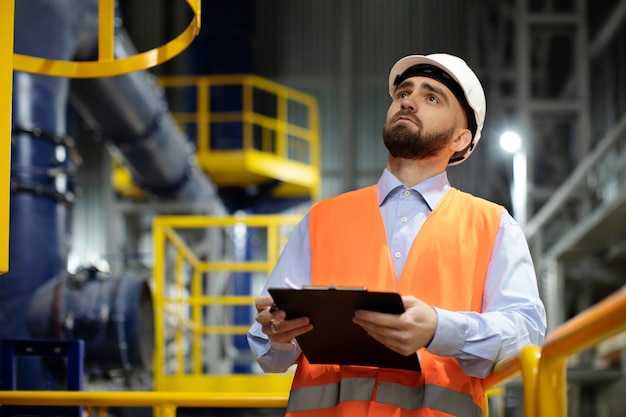Technology is playing a pivotal role in advancing accessibility in the construction industry. With the help of the latest innovations, construction companies can now incorporate accessibility features into their projects with greater ease, efficiency, and accuracy. From designing inclusive spaces to implementing assistive devices, technology is revolutionizing the way we approach accessibility in construction.
Designing Inclusive Spaces
One of the key ways technology is advancing accessibility construction is through the design phase. With the help of Building Information Modeling (BIM), architects and designers can create virtual models of their projects before they are built. This allows for a more comprehensive understanding of the spatial requirements and enables them to identify potential accessibility barriers early on. You can also browse around this site to explore more about accessibility construction.

Image Source: Google
Implementing Assistive Devices
Another significant role of technology in advancing accessibility construction is the implementation of assistive devices. From wheelchair ramps to automatic doors, technology is making it easier to incorporate these features into buildings. For example, 3D printing is increasingly being used to create custom-made assistive devices that fit the specific needs of individuals with disabilities.
Monitoring Construction Progress
Technology is also playing a crucial role in monitoring the progress of accessibility construction. With the use of drones, construction companies can capture aerial images and videos of construction sites, providing a bird's-eye view of the project. This allows for better monitoring of accessibility features, ensuring that they meet the required standards throughout the construction process.